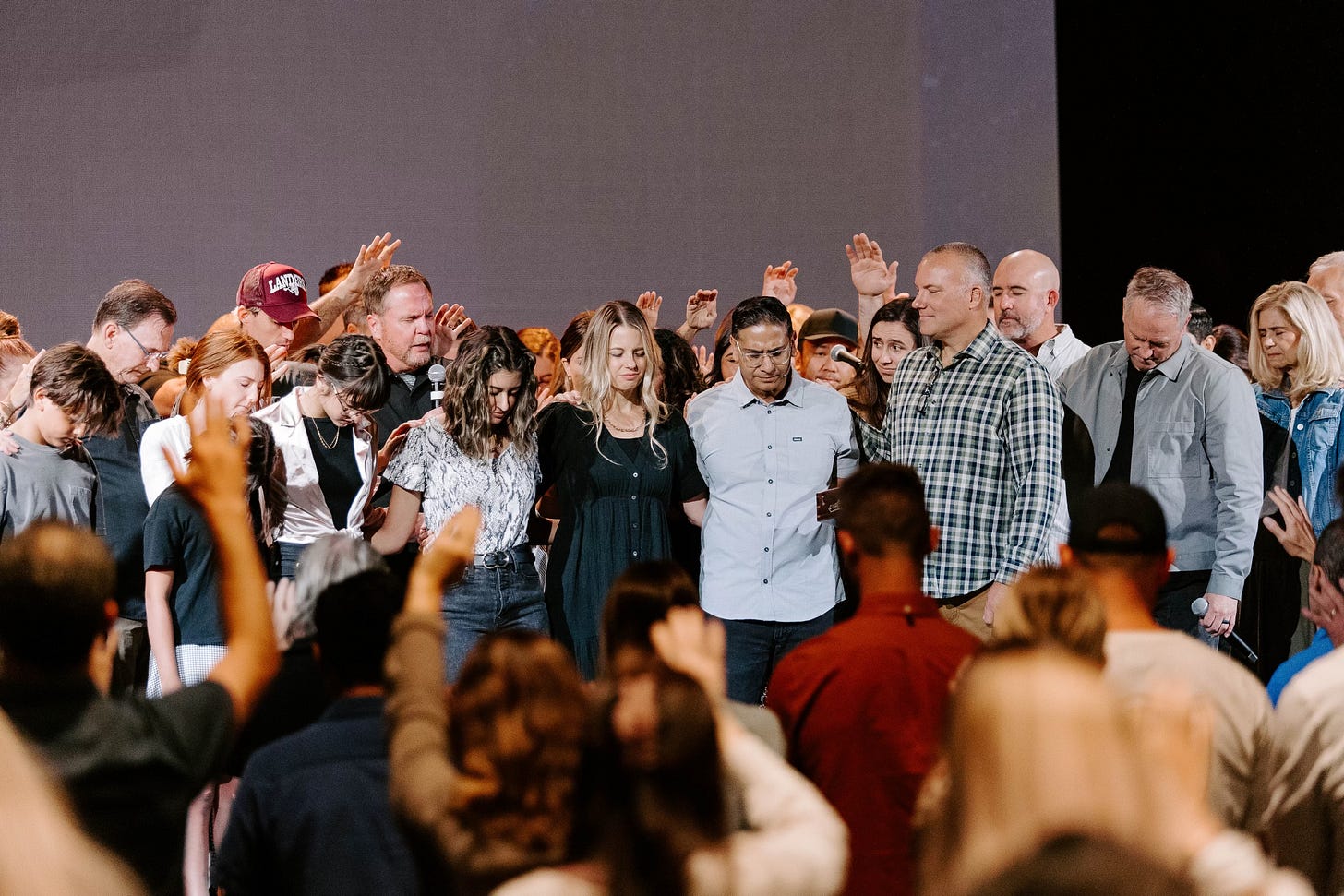10 Lessons from a Leadership Transition
Reflections from My First Year at Rockharbor
I’m not an expert. I haven’t done this perfectly. I don’t presume that my experience can be universalized into principles that apply everywhere. But I know that we can learn from each other’s experiences and perspectives. I think if we could aggregate the “wisdom of one another”, we would all be better for it.
I was asked recently if I would share at a …
Keep reading with a 7-day free trial
Subscribe to Resilient Leadership with Dr. Glenn Packiam to keep reading this post and get 7 days of free access to the full post archives.



